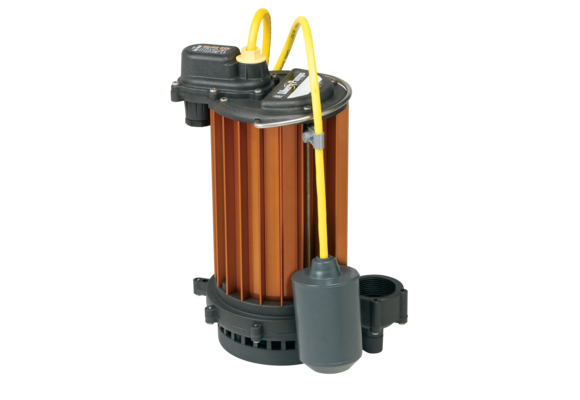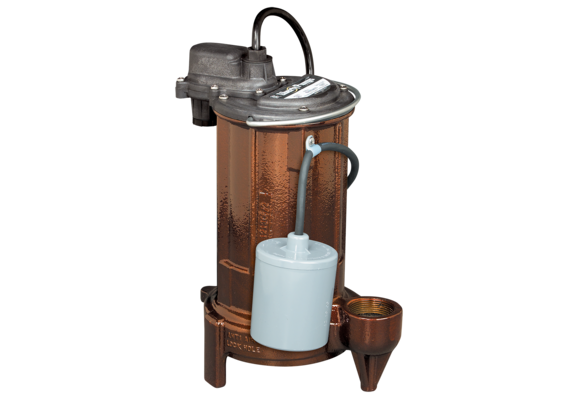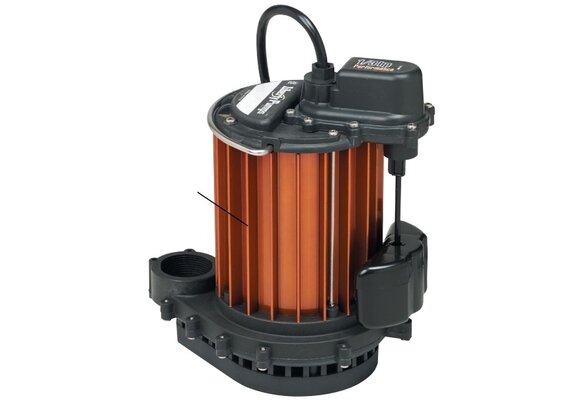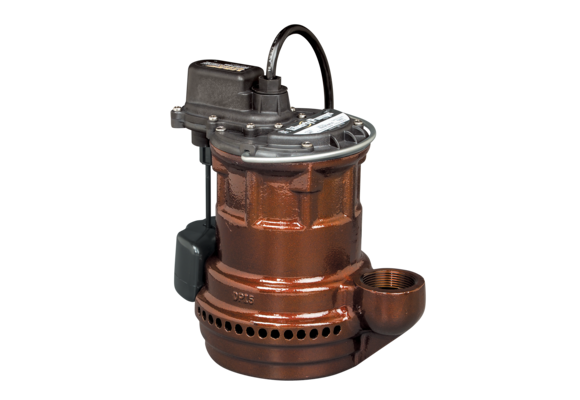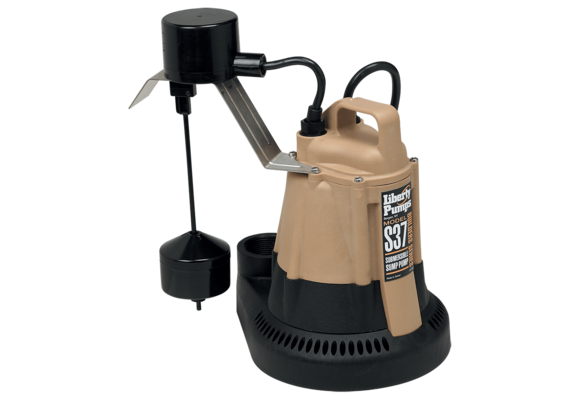Sump Pumps
Sump pumps play a crucial role in protecting your home from water damage by removing excess water from your basement or crawl space. Proper sizing and selecting a high-quality sump pump are essential for efficient water management and preventing basement flooding. This guide will help you understand how to size a sump pump correctly and evaluate the quality of sump pumps available on the market.
How to Size a Sump Pump
Understanding Your Needs
To size a sump pump correctly, you need to assess the specific needs of your home. Consider the following factors:
- Basement Size: The size of your basement or crawl space will determine the capacity of the sump pump required.
- Water Table Level: Homes with high water tables need more powerful sump pumps to handle the increased water flow.
- Rainfall Intensity: Consider the average rainfall and weather patterns in your area to estimate the water volume the pump needs to manage.
- Sump Pit Dimensions: The size and depth of the sump pit affect the pump's performance. Ensure the pit is large enough to accommodate the pump and handle the expected water volume.
Calculating Pump Capacity
Sump pump capacity is measured in gallons per hour (GPH) or gallons per minute (GPM). To determine the appropriate capacity, follow these steps:
Measure the Sump Pit Dimensions: Determine the diameter and depth of the sump pit. For example, a standard pit is usually 18 inches in diameter and 24-36 inches deep.
Calculate the Pit Volume: Use the formula for the volume of a cylinder:
V=π×r2×hV = pi times r^2 times hV=π×r2×hWhere VVV is the volume, rrr is the radius, and hhh is the height (depth) of the pit. Convert the volume to gallons (1 cubic foot = 7.48 gallons).
Estimate Water Inflow: Consider the inflow rate, which depends on factors such as the water table level and local rainfall. For example, during a heavy storm, you might estimate an inflow rate of 20 GPM.
Determine Pump Capacity: To ensure the pump can handle peak water inflow, select a pump with a capacity slightly higher than the estimated inflow rate. For instance, if your inflow rate is 20 GPM, choose a pump with a capacity of at least 25 GPM.
Types of Sump Pumps
Understanding the different types of sump pumps can help you make an informed decision:
- Submersible Pumps: These pumps are installed inside the sump pit and are submerged in water. They are quieter and more efficient but may require more maintenance.
- Pedestal Pumps: These pumps have a motor mounted above the sump pit, making them easier to access and maintain. However, they can be noisier and less efficient than submersible pumps.
Additional Considerations
- Head Pressure: This refers to the height the pump needs to lift the water to discharge it. Ensure the pump you choose can handle the required head pressure.
- Battery Backup: Consider a pump with a battery backup to ensure it operates during power outages.
- Alarm Systems: Some sump pumps come with alarms that alert you if the water level rises too high, providing an extra layer of protection.
Quality of Sump Pumps
Materials and Durability
The quality of a sump pump largely depends on the materials used in its construction. Look for pumps made from durable materials such as:
- Cast Iron: Known for its strength and longevity, cast iron pumps are highly durable and can withstand heavy use.
- Stainless Steel: Offers excellent corrosion resistance and durability, making it a popular choice for high-quality pumps.
- Thermoplastic: Lightweight and corrosion-resistant, thermoplastic pumps are suitable for less demanding applications.
Motor and Power
A high-quality sump pump should have a robust motor capable of handling continuous operation. Consider the following:
- Horsepower (HP): More powerful motors (e.g., 1/2 HP or 3/4 HP) can handle larger volumes of water and higher head pressures. Choose a motor with adequate HP for your needs.
- Efficiency: Look for energy-efficient models that can reduce operating costs and provide reliable performance.
Features and Functionality
Modern sump pumps come with various features that enhance their performance and reliability:
- Automatic Switches: Ensure the pump has a reliable automatic float switch that activates the pump when water levels rise.
- Overload Protection: High-quality pumps often include thermal overload protection to prevent motor burnout.
- Check Valves: Check valves prevent water from flowing back into the sump pit, ensuring efficient water removal.
Brand Reputation and Warranty
When evaluating the quality of sump pumps, consider the reputation of the manufacturer and the warranty offered. Established brands with a history of reliability and positive customer reviews are typically a safer choice. A good warranty indicates the manufacturer's confidence in their product.
Maintenance and Support
High-quality sump pumps are designed for easy maintenance and come with comprehensive support from the manufacturer. Look for pumps with accessible components and clear maintenance instructions.
Conclusion
Sizing a sump pump correctly and choosing a high-quality model are crucial steps in protecting your home from water damage. By understanding your specific needs, calculating the appropriate pump capacity, and evaluating the materials, motor power, and features of different models, you can ensure efficient water management and peace of mind. Investing in a reliable sump pump from a reputable manufacturer with a strong warranty and support system will provide long-term protection for your home.



